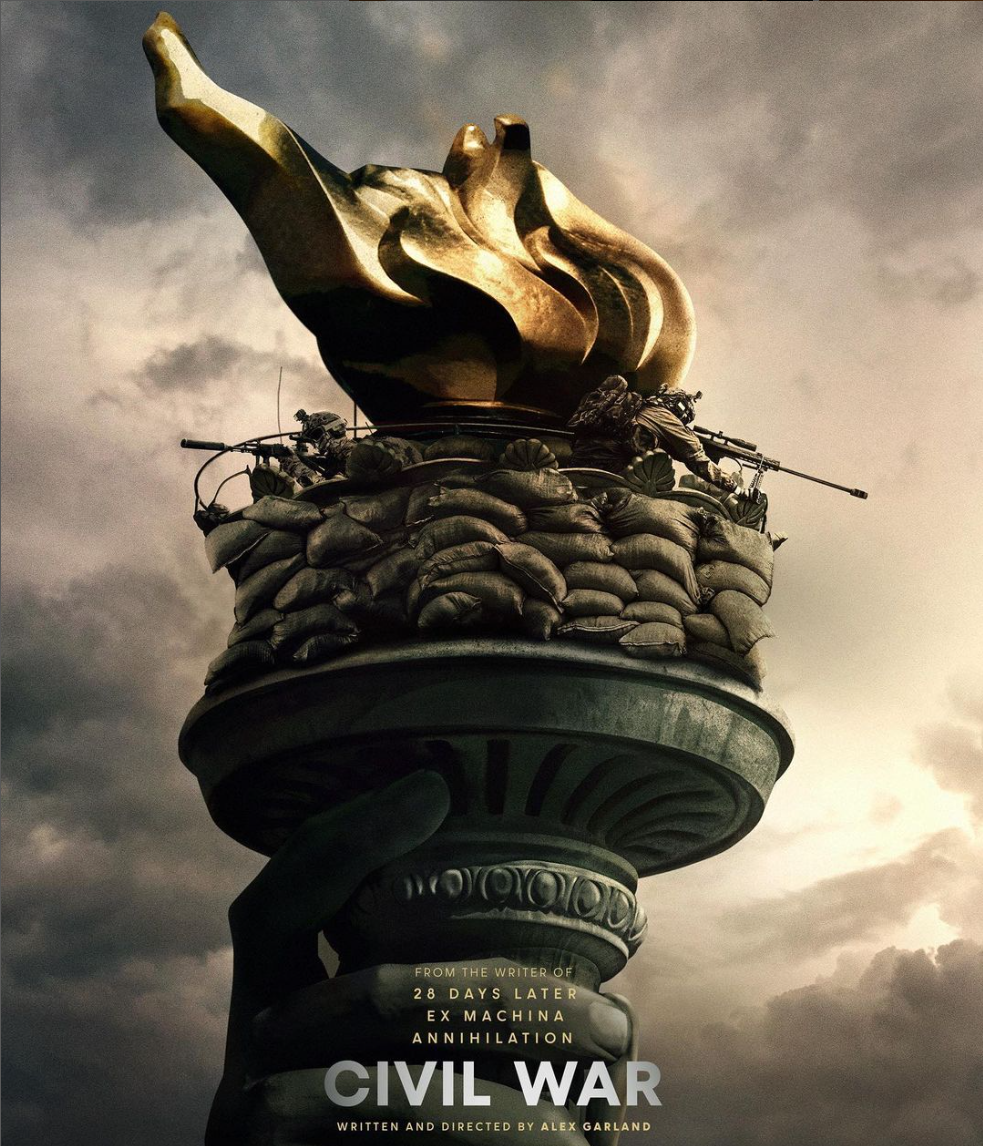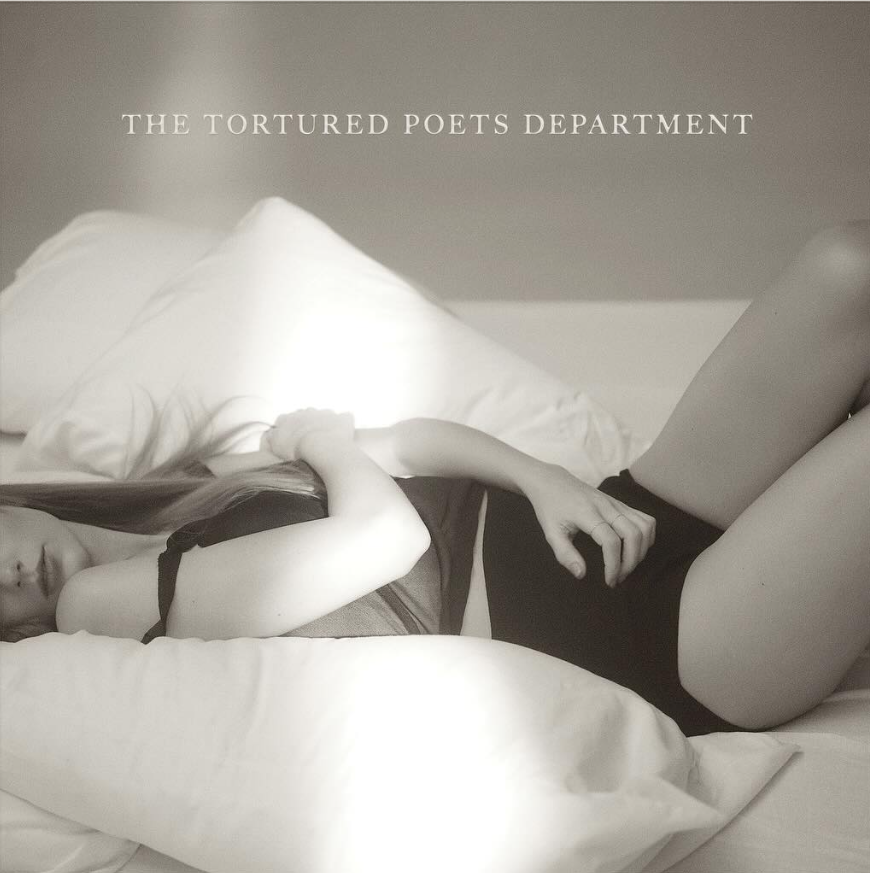The New York Times wrote a powerful three-piece article set that ran from Dec. 4 through Dec. 6 regarding the life of Derek Boogaard, a NHL enforcer.
Boogaard was known as a fighter in the NHL and earned the nickname “Boogeyman” after solidifying his reputation as one of the most intimidating players in the league. He played for both the Minnesota Wild and the New York Rangers during his six seasons in the NHL.

But in May of 2011, he died at the age of 28 from a drug and alcohol overdose. After observing his brain, neurospecialists at Boston University think he may have suffered from chronic traumatic encephalopathy, or CTE.
CTE is a buildup of the abnormal protein tau in the brain and is caused by repeated head trauma such as concussions.
As an enforcer, Boogaard was constantly in fights and received blows to the head nearly every game. This style of play caused him to get CTE twice as early as most other patients.
CTE can cause memory loss, impulsiveness, mood swings and addiction, which in Boogaard’s cased caused his eventual death. He became addicted to his pain medication and even after two rehabs attempts could not shake the habit.
Boogaard is not alone—Boston University scientists have already studied three other NHL players that have also died because of CTE, though none was as young as Boogaard.
This brings up the question of whether or not the NHL should make more severe penalties for excessive force, like fighting. I think that it has become obvious that fighting and contact to the head needs to be banned, but the NHL claims it still needs more evidence.
I don’t know what evidence it needs—more dead players? The league needs to look at Boogaard’s case and realize that if it doesn’t do something soon, there will be many more players that end up like him.












